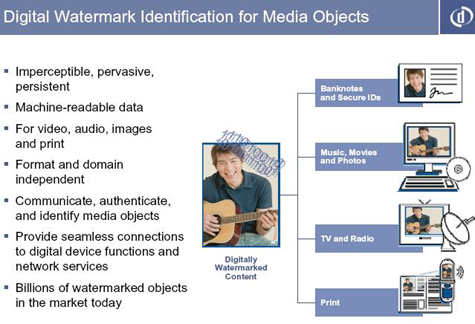Will defendant Google bite the copyright infringement bullet?

GOOGLE HEADS: YouTube seized the opportunities digital technology provides to obtain creative works legally.
GOOGLE TAILS: YouTube sought its fortunes by brazenly exploiting the infringing potential of digital technology.
Which way will the United States District Court for the Southern District of New York $1 billion ‘coin toss” fall?
On September 18, 2006, I foresaw today’s $1 billion Google-YouTube copyright infringement bullet. Before there was any talk of a Google acquisition, I underscored the infringing similarity of the business models of the two “Internet kings,” as I put forth and analyzed in “Google, YouTube: multi-billion dollar ‘fair-use’ risky bets.”
Subsequent to Google’s YouTube purchase, I ventured in November 2006: “Is Google’s multi-billion dollar free ride over?”Google CEO Eric Schmidt has been well aware of the risky nature of his preferred no Google need to pay for content fair-use, DMCA fueled business model.
Plaintiff Viacom International Inc., et al, made it $1 billion dollar crystal clear today to YouTube, Inc., YouTube, LLC, and Google Inc., collectively known as “Defendants.”Defendants know and intend that a substantial amount of the content on the YouTube site consists of unlicensed infringing copies of copyrighted works and have done little or nothing to prevent this massive infringement. YouTube has deliberately chosen this approach because it allows YouTube to profit from infringement while leaving copyright owners insufficient means to prevent it.
WHERE DOES THE GOOGLE YOUTUBE ALLEGED “INFRINGEMENT DRIVEN BUSINESS” MODEL GO FROM HERE?
To get first-hand industry insight I spoke today with a leading authority on secure ID management: Bruce Davis, Chief Executive Officer and Chairman of the Board of Directors of Digimarc Corporation, a NASDAQ company.
Davis’s eclectic academic pedigree provides the perfect theoretical foundation for analysis of the complex and inter-connected legal, financial, and business model implications encompassed within Viacom’s billion dollar copyright infringement action against Google’s YouTube: Davis holds a B.S. in accounting and psychology and an M.A. in criminal justice from the State University of New York at Albany, and a J.D. from Columbia University.
Davis’ professional track record: President of Titan Broadband Communications, a provider of information technology and satellite communications systems and services; President of Prevue Networks, Inc., a supplier of electronic program guides and program promotion services for the cable and satellite television markets; Founder and President of TV Guide On Screen.
At Digimarc, Davis is spearheading innovation and commercialization in the rapidly evolving field of Digital Watermarking (DWM), as part of the Digimarc portfolio of secure identity and media management solutions.
Davis expressed to me his confidence that DWM will be “increasingly adopted to help manage all forms of media to protect copyrights while enhancing, instead of limiting, consumer experiences” at popular Web 2.0 social media destinations. Digimarc positions DWM as a “sophisticated and balanced paradigm for media distribution and management.”
Davis told me DWM can identify copyrighted content and associated rights, during and after distribution, to determine copyright ownership and enable rights management policy while enabling new content distribution, usage and monetization models. A Digimarc DWM is a special message embedded in an image, whether it is a photo, video or other digital content. Digimarc's software embeds these "imperceptible" messages by making subtle changes to the data of the original digital content. These watermarks can then be "read" to validate original content.
Davis proudly underscored Digimarc has invested more than $50 million in development and holds about 300 patents. The company licenses its technology and patents; Digimarc licensees and affiliates offer “best-of-breed solutions for video watermarking.”
Davis told me deployment of DWM video solutions in the marketplace is still at the “early stages.” Digital imagery implementations are at the forefront, with stock photography firms such as Corbis leading the way in securing copyright property via DWM.
According to Digimarc, major stock photo agencies and leading brands, including manufacturers, e-tailers, movie studios and other companies, use Digimarc ImageBridge to safeguard their digital images, track distribution and usage of images and boost licensing revenue.
· Communicate copyright and prove image ownership without a doubt
· Automate image monitoring on the Internet
· Easily integrate with digital asset management systems
· Manage online channel programs
· Identify unapproved use
Is DWM difficult and costly to implement? Davis underscored to me that DWM solutions are readily and efficiently deployable across any media, including online video.
Why then is Viacom in the United States District Court for the Southern District of New York asking for reimbursement from Google for a minimum of $1 billion due to copyright infringement damages suffered at YouTube?
Davis suggested that while DWM technology is the easy part, multi billion dollar business model decisions are a whole nother digital ball of wax.